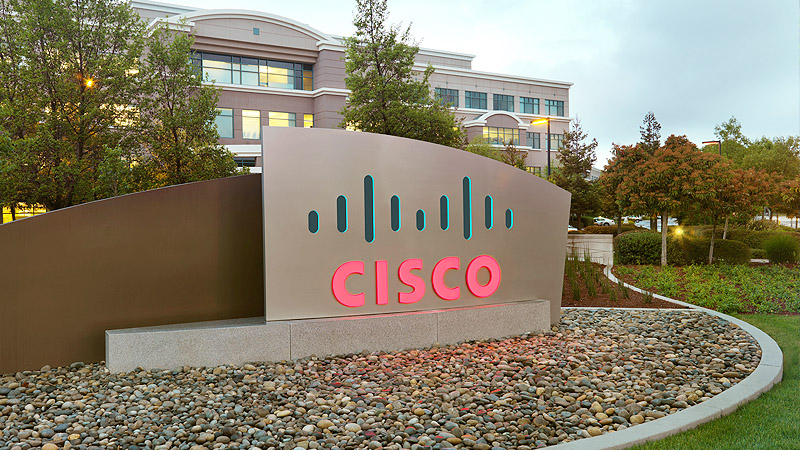SAN JOSE, Calif. -- January 27, 1997 -- Cisco Systems, Inc., today announced the addition of new features and capabilities on the LightStream 1010. multiservice Asynchronous Transfer Mode (ATM) switch. These new enhancements will enable corporate networks to run multiservice applications involving voice, video and data streams, thus optimizing the performance and resources of the network.
The LightStream 1010 circuit emulation capabilities complement the recently announced voice and video capabilities on the Cisco MC3800 series of multiservice access concentrators, providing Cisco customers with a broad range of choices in meeting their voice, video and data integration requirements. Because of the advanced quality of service (QoS) and traffic management capabilities supported by Cisco IOS software systems and the new capabilities on the LightStream 1010, transporting voice, video and data traffic across a Cisco metropolitan and wide-area backbones will produce higher-quality results than other backbone infrastructures.
"We wanted to integrate telephony and data networking services to reduce costs and improve services to our clients," said Larry Hengehold, vice chancellor for Information Technology Services at Virginia Community College System. "With Cisco's ATM solutions, we were able to achieve those goals and are pleased with the performance of the network."
New Features for the MAN and WAN
On the LightStream1010 multiservice ATM switch, intelligent QoS features are enabled by new, advanced per flow queuing (PFQ) techniques and additional software features. With this latest round of enhancements, the LightStream 1010 now supports distinct QoS contracts for tens of thousands of flows through the system, integrates public network traffic contracts into private networks and allows local exchange carriers to provision private, closed users groups over their ATM networks.
In addition to all the ATM Forum-defined traffic classes, the LightStream 1010 now supports a unique ATM Committed Information Rate traffic class, that mirrors a traffic type that is commonly offered by service providers on other media. Also, the LightStream 1010 allows private network users to rate-limit their traffic at the point where they integrate their private networks with multiple, public ATM service contracts. This way, private network users can integrate public service offerings into their networks or provision new services on their private metropolitan-area backbone.
With the availability of Private Network-to-Node Interface (PNNI) closed user groups and full hierarchy support, the LightStream 1010 allows local exchange carriers to deliver private ATM services over their managed networks to multiple customers. While IP virtual private networks allows private services over the Internet, PNNI closed user groups allows local exchange carriers to offer private network services below IP at the ATM layer.
Optimized for Current and Future IP Services
Because of the ever-changing landscape in corporate networks, customers need to future-proof their networks to avoid forklift upgrades as new IP applications mandate tight integration on both routers and switches. To do this, ATM equipment must provide a range of state-of-the-art capabilities and provisions for future needs.
With capabilities such as VC-merge and Rate, Weighted Round Robin and Strict/Custom Priority scheduling, the LightStream 1010 can provide the same IP service scalability found in traditional routers, yet deliver the QoS performance inherent in ATM switches. These features empower network administrators to meet class- and flow-based bandwidth allocation needs, as well as bound traffic delay across their metropolitan and wide area networks.
Furthermore, the LightStream 1010 is equipped with Weighted Early Packet Discard which provides policy-based congestion avoidance techniques. These techniques give preferential treatment to premium class traffic, exactly like the Weighted Random Early Detection technique does in Cisco routers for IP precedence traffic.
Cisco Systems
Cisco Systems, Inc. (NASDAQ:CSCO) is theworldwide leader in networking for the Internet. News and information areavailable athttp://www.cisco.com.
Cisco IOS is a trademark, and Cisco, Cisco Systems, and the CiscoSystems logo areregistered trademarks of Cisco Systems, Inc. in the U.S. and certain othercountries. All othertrademarks mentioned in this document are the property of their respectiveowners.




